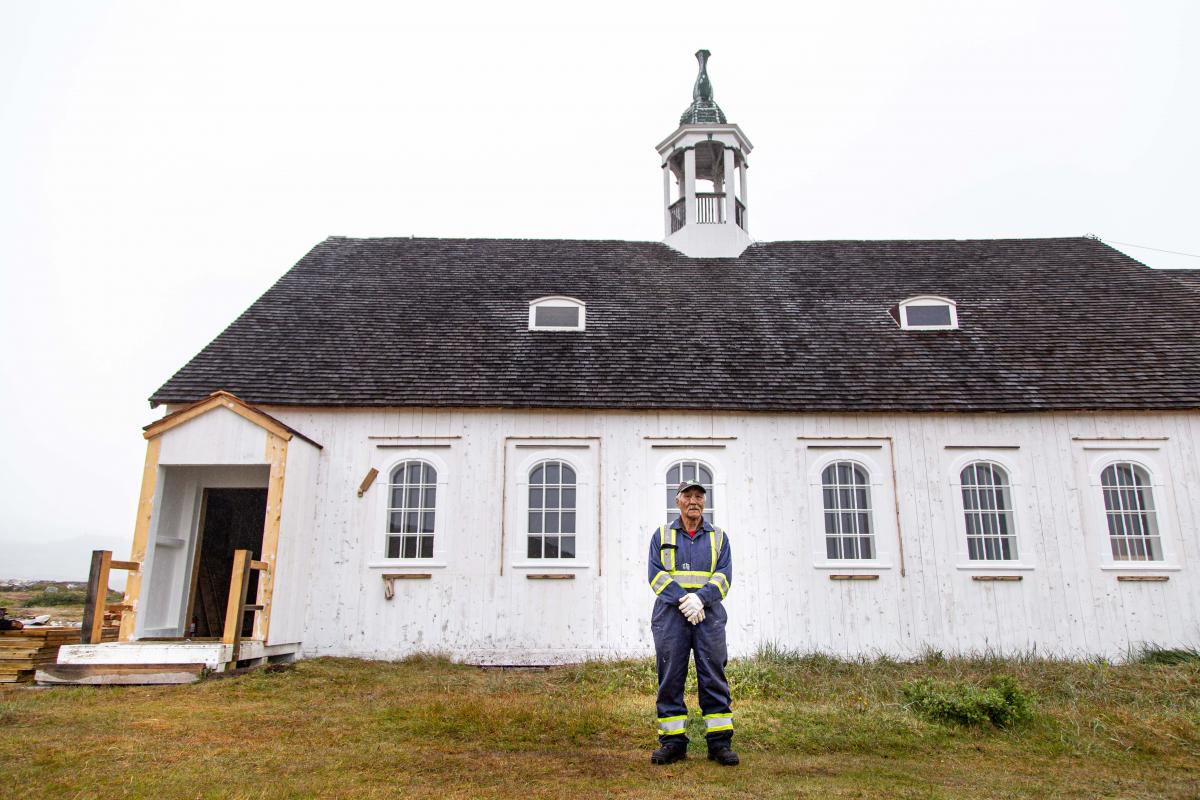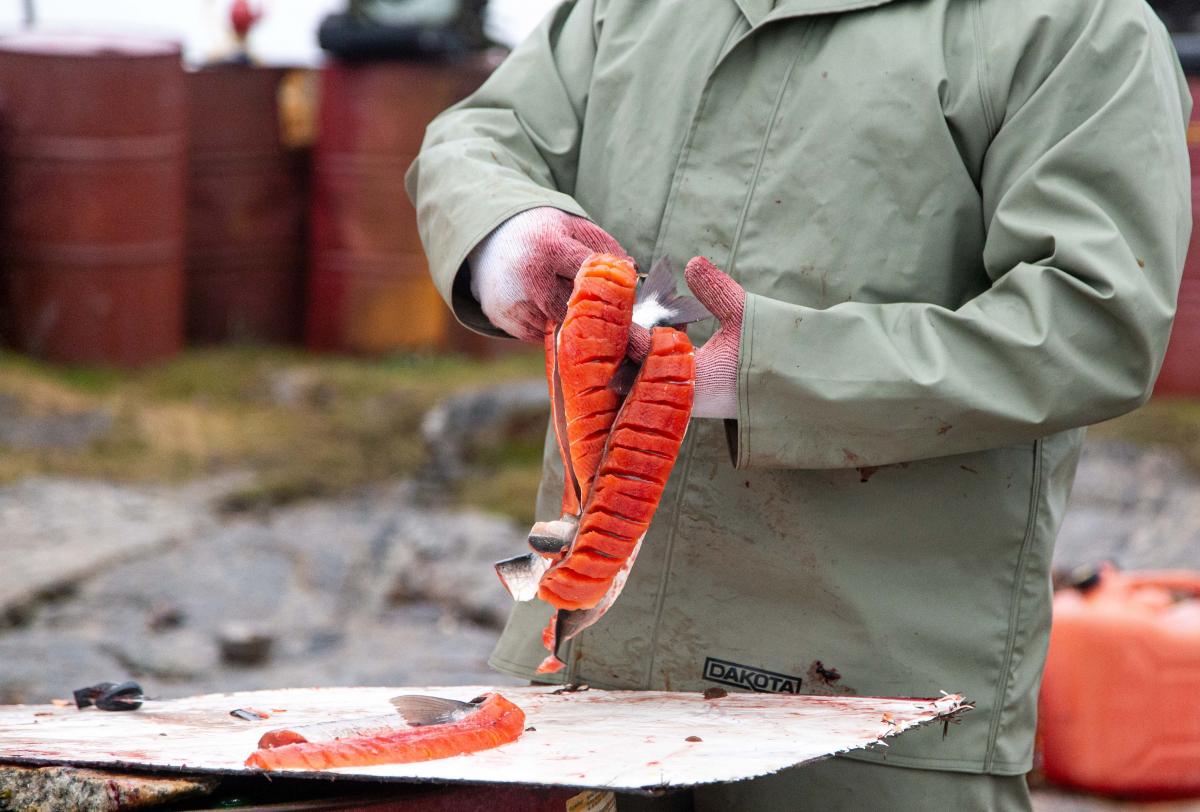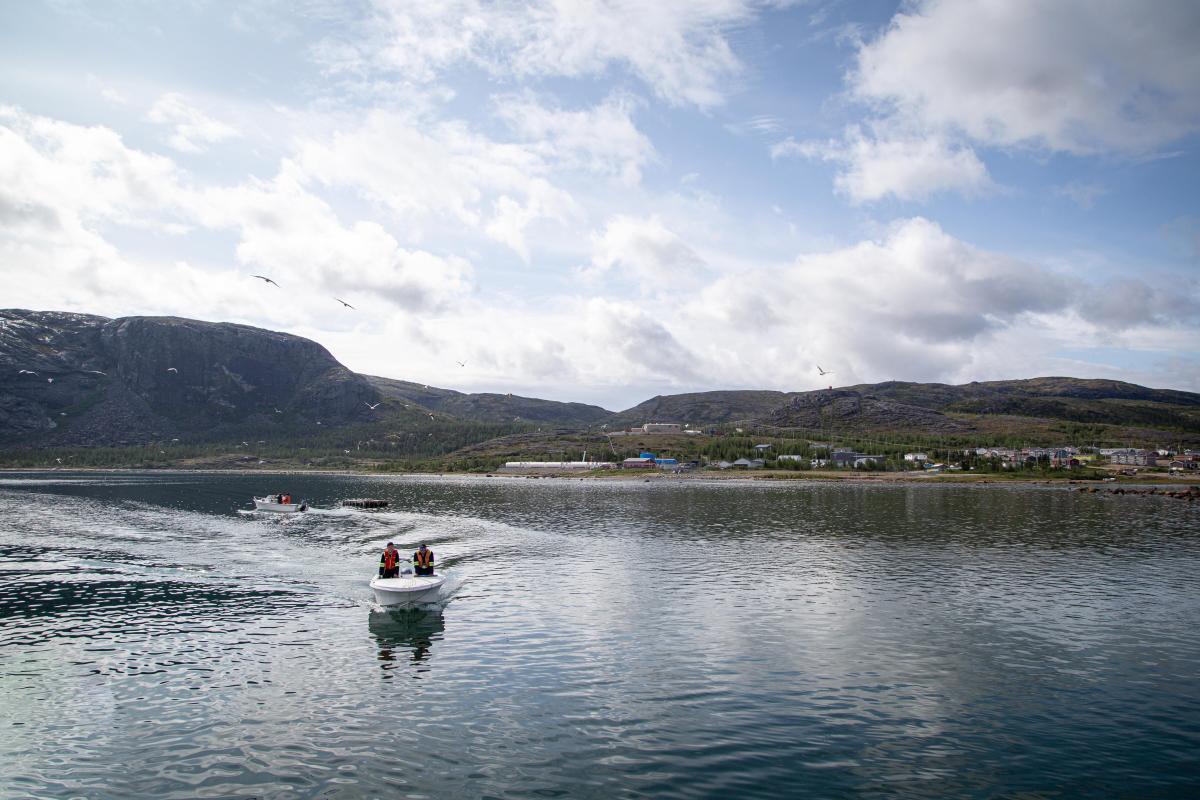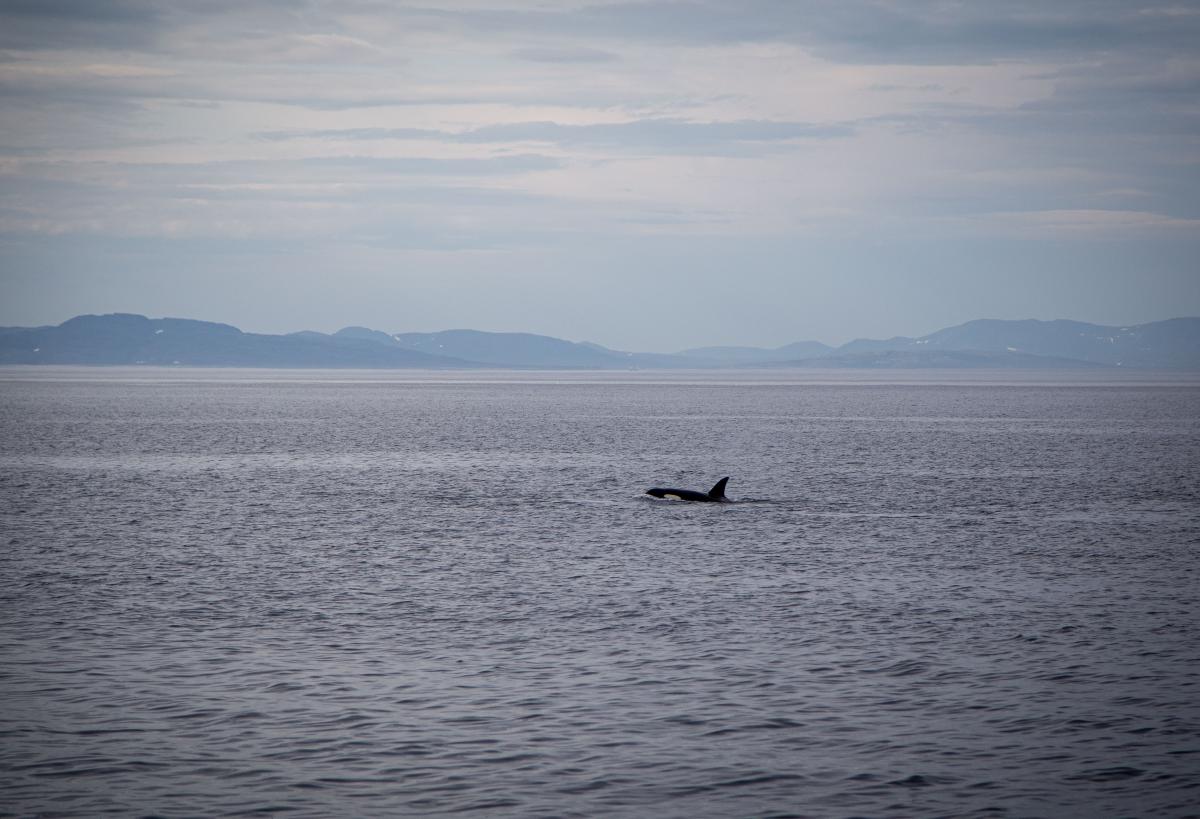August 26, 2019
On expedition in the Arctic waters of Nunatsiavut, Northern Labrador
Estimated reading time: 0 minutes
Oceana Canada and the Nunatsiavut Government set sail on an expedition last week to document life on the seafloor in areas of cultural and ecological importance in Nunatsiavut, Labrador. A team of experts, including marine biologists, coral experts, people who specialize in deploying underwater cameras and videographers, departed from Nain, Labrador, aboard the Leeway Odyssey. Youth and community members from Nunatsiavut are also involved in the expedition, which is just past the halfway point. The team is excited about what they are learning about in these unique areas.
Hebron, a former Inuit community and Moravian mission, was the expedition’s first stop. Its residents were relocated to other communities on the Labrador coast in 1959. The expedition team was welcomed to shore by former residents who travel to this special spot to harvest wild food and reconnect with an area that is meaningful to them and their families. Once on land, the fog quickly blanketed the landscape.

In the summer months Gus, along with many other former residents and their descendants, return to Hebron to spend time in their home. (Oceana Canada/Evermaven)
The team tucked into a tent with a wood stove and several cots, sipping tea while Gus and Andrew, former residents of this Inuit community, shared memories of life in Hebron. Later in the day, fishing boats returned to Hebron Harbour with their catch of Arctic char. The fish were gutted along the shore and some were cut to make pitsik, a traditional Inuit way of drying fish.

Pitsik is a traditional way of drying fish. (Oceana Canada/Evermaven)
After another day surveying the seafloor near Hebron, the team traveled south to Okak. The sunshine finally caught up with the expedition as the fog lifted and a warmer breeze circled the ship. Okak is where Moravian missionaries established their second mission in Labrador and was once the largest Inuit community in Labrador. The outbreak of the Spanish flu in 1918 tragically killed 204 of Okak’s 263 residents.
Okak remains an important place for Labrador Inuit who continue to visit the area. From the ship, the team could see the remains of what was once a cemetery and the former community. Back on the water, footage from the seafloor taken with remote cameras showed areas dense with brittle stars, soft corals, sponges and anemones.

Community members in Nain heading out on the water for the day. (Oceana Canada/Evermaven)
Up next, the team will survey the coastal islands around Nain, near Paul’s Island. Community members from Nain will board the ship, take part in surveying the seafloor and tell stories about how they use the marine environment in Nunatsiavut.
Join us for the second leg of the expedition and get the latest updates at ProtectOceans.ca.

The Imappivut Expedition team spotted a small pod of orcas. (Oceana Canada/Evermaven)

